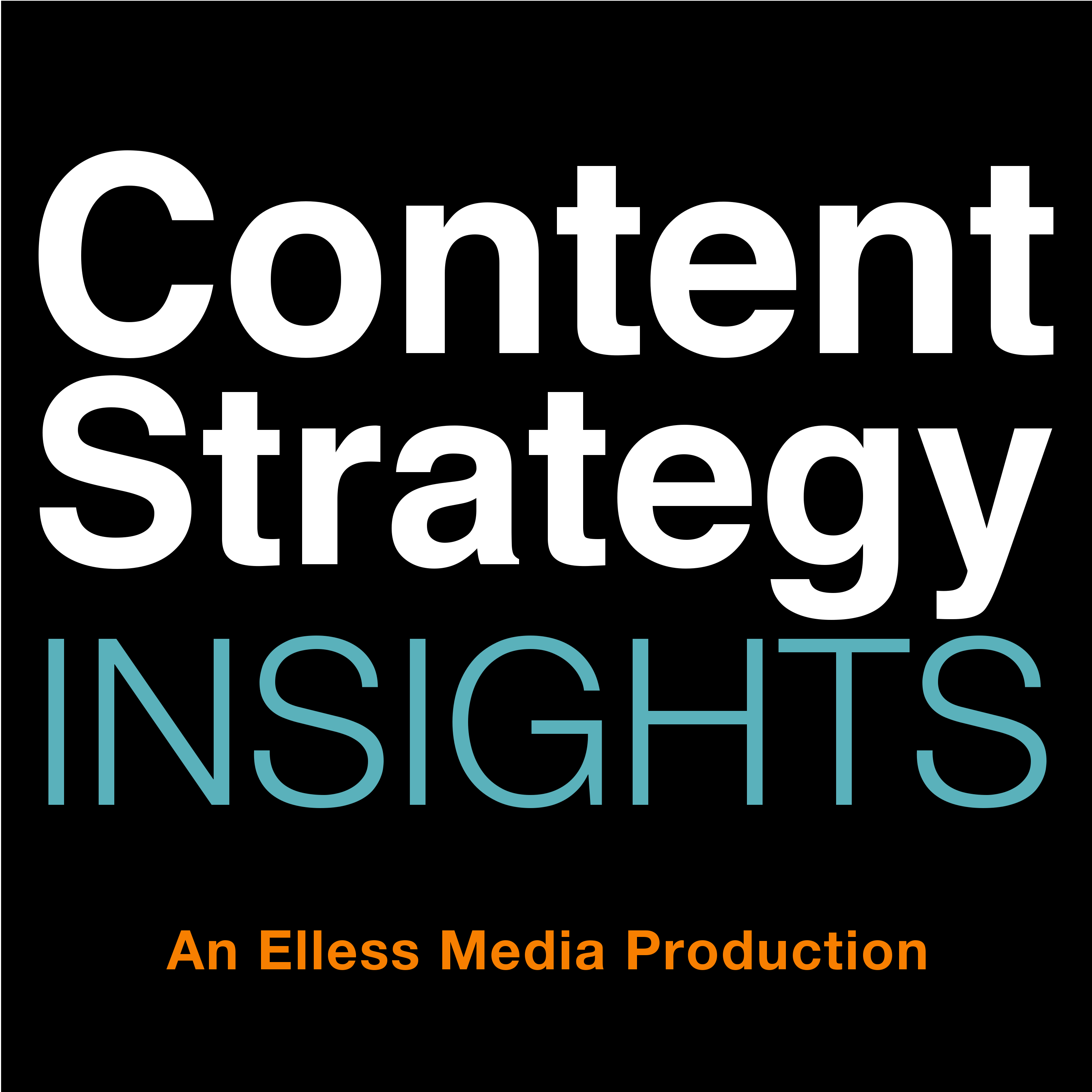- After-Shows
- Alternative
- Animals
- Animation
- Arts
- Astronomy
- Automotive
- Aviation
- Baseball
- Basketball
- Beauty
- Books
- Buddhism
- Business
- Careers
- Chemistry
- Christianity
- Climate
- Comedy
- Commentary
- Courses
- Crafts
- Cricket
- Cryptocurrency
- Culture
- Daily
- Design
- Documentary
- Drama
- Earth
- Education
- Entertainment
- Entrepreneurship
- Family
- Fantasy
- Fashion
- Fiction
- Film
- Fitness
- Food
- Football
- Games
- Garden
- Golf
- Government
- Health
- Hinduism
- History
- Hobbies
- Hockey
- Home
- How-To
- Improv
- Interviews
- Investing
- Islam
- Journals
- Judaism
- Kids
- Language
- Learning
- Leisure
- Life
- Management
- Manga
- Marketing
- Mathematics
- Medicine
- Mental
- Music
- Natural
- Nature
- News
- Non-Profit
- Nutrition
- Parenting
- Performing
- Personal
- Pets
- Philosophy
- Physics
- Places
- Politics
- Relationships
- Religion
- Reviews
- Role-Playing
- Rugby
- Running
- Science
- Self-Improvement
- Sexuality
- Soccer
- Social
- Society
- Spirituality
- Sports
- Stand-Up
- Stories
- Swimming
- TV
- Tabletop
- Technology
- Tennis
- Travel
- True Crime
- Episode-Games
- Visual
- Volleyball
- Weather
- Wilderness
- Wrestling
- Other
Stephanie Lucas: Content Design and Trust at LinkedIn – Episode 156
Stephanie Lucas Designing for trust is a team effort, and it's crucial to keep everyone aligned on such important work. At LinkedIn, the trust team has created a framework to guide that alignment. The RISE framework is built on an acronym that describes how LinkedIn wants its members to feel: respected, informed, safe, and empowered. We talked about: her trust advocacy work as a content designer at LinkedIn the challenges presented by trying to measure trust the RISE framework they use at LinkedIn to help designers create trustworthy experiences its basis of the RISE framework in prior work at the company on codifying and articulating principles around trust the elements of the RISE acronym: respected, informed, safe, and empowered the importance of proactively engaging and involving a wide range of stakeholders when crafting a framework like this the key role of content design in designing for trust the way they have made trust everyone's job at LinkedIn the importance of instilling trust design as a routine practice, not a due diligence check box at the end of a process her enthusiasm for the release of Harry Brignull's new book Deceptive Patterns Stephanie's bio Stephanie Lucas is a Staff Content Designer and Trust specialist at LinkedIn, where she’s focused on trust, privacy and other safety features. She’s been a vocal advocate for design ethics thinking, privacy best practice awareness, and making safe products for users. Stephanie has led workshops at California College of the Arts and Northwestern University, as well as several user experience design industry groups. She’s been featured on multiple design podcasts as well as speaking engagements discussing ethical practices in product design. She’s also a member of the International Association of Privacy Professionals. Connect with Stephanie online LinkedIn Video Here’s the video version of our conversation: https://youtu.be/lYLP5Hp9k3M Podcast intro transcript This is the Content Strategy Insights podcast, episode number 156. Designing the web's largest business-focused social media platform is a complex, highly collaborative endeavor. At LinkedIn, Stephanie Lucas and her colleagues pay particular attention to crafting experiences that instill trust for the platform among their members. Content design plays a key role in this effort. Stephanie's recent move from a trust advocate position into content design highlights the close alignment between trust and content. Interview transcript Larry: Hi, everyone. Welcome to episode number 156 of the Content Strategy Insights podcast. I'm really happy today to welcome to the show Stephanie Lucas. Stephanie's a content designer at LinkedIn where she specializes in trust issues. Welcome, Stephanie. Tell the folks a little bit more about what you're up to these days. Stephanie: Hi, Larry. This is great. I'm really excited to join you on this. I think your series is awesome. Yeah. I work at LinkedIn. I've been there over 11 years. I live in San Jose, California and I have four cats, so if you hear a meow in the background this... Hopefully that won't happen. But yeah, I've been working at LinkedIn for a while. And I started in the brand and marketing design team way back in 2012, and then I moved into product design. But at the time, what they needed most was help with their trust products. Stephanie: And so, I was basically, "Sign me up," because I was new into product design at that time. And lo and behold, I found out I had a real fondness for the work. I felt it was very meaningful and impactful work and super important. This was before all of the Cambridge Analytica and GDPR stuff, but it just became very important to me and I decided to make it my own. Stephanie: And so, I've been doing trust, first design. But then I rolled into being a trust advocate and helping to educate our design organization about emerging privacy regulations and so on.

